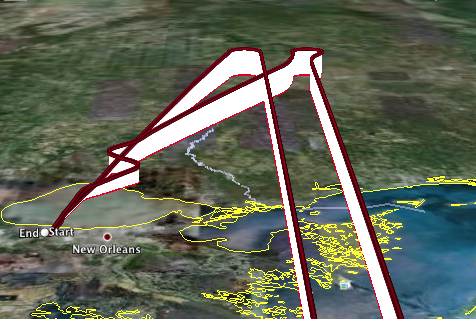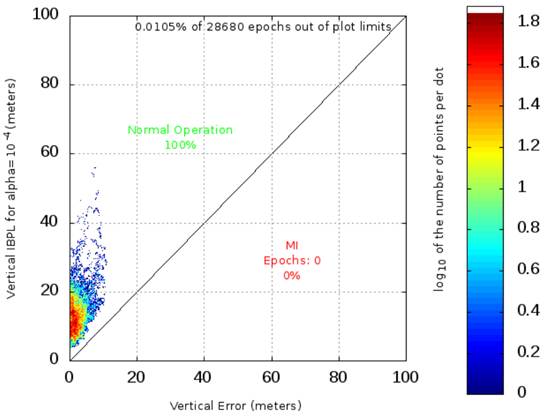Regional PPP
October 25th, 2010 by Ricardo PírizPrecise Point Positioning (PPP) is normally understood as a global positioning service, since precise satellite orbit and clock products used as input in PPP are best calculated using a network of GNSS reference stations distributed worldwide.
However orbit and clock corrections for PPP can also be provided over a world region in a similar way to WAAS or EGNOS corrections. It is even possible to provide a national PPP service over a single country, using national GNSS stations exclusively.
Satellite orbits and clocks calculated using regional stations do not have of course a high overall accuracy, but they do have a higher accuracy over the service area and, most importantly, orbit and clock errors largely cancel out over the service area. For a static or kinematic PPP user located inside the region, positioning accuracy using global or regional products is very similar.
In magicGNSS version 3.1 it is possible to evaluate the performance of regional PPP in a very simple way. Just process an ODTS scenario to calculate orbits and clocks covering the time period of your interest. On the Stations tab, select stations over your region only. Click on the station icons to select/deselect, you can use core stations and/or your own stations.
In regional ODTS it is better to deselect “Refine Station Coordinates” in Settings. Core stations have already precise coordinates, and for your own stations you are supposed to have processed them beforehand in PPP using the “Update My Station Coordinates” option. Try also to use a longer ODTS scenario duration (3 to 4 days), in order to maximize satellite visibility. It is also important to select a good reference clock in ODTS. The reference clock time should be close enough to UTC (or GPS Time), with an offset of the order of the microsecond or less. You can see the offset of a station clock by processing it in PPP.
When ODTS processing is ready, create a new PPP scenario for that period, and select Products from the ODTS scenario you just processed, instead of the global ones (Operational):
![]()
You can use COMP to compare static or kinematic PPP solutions using global and regional products.





